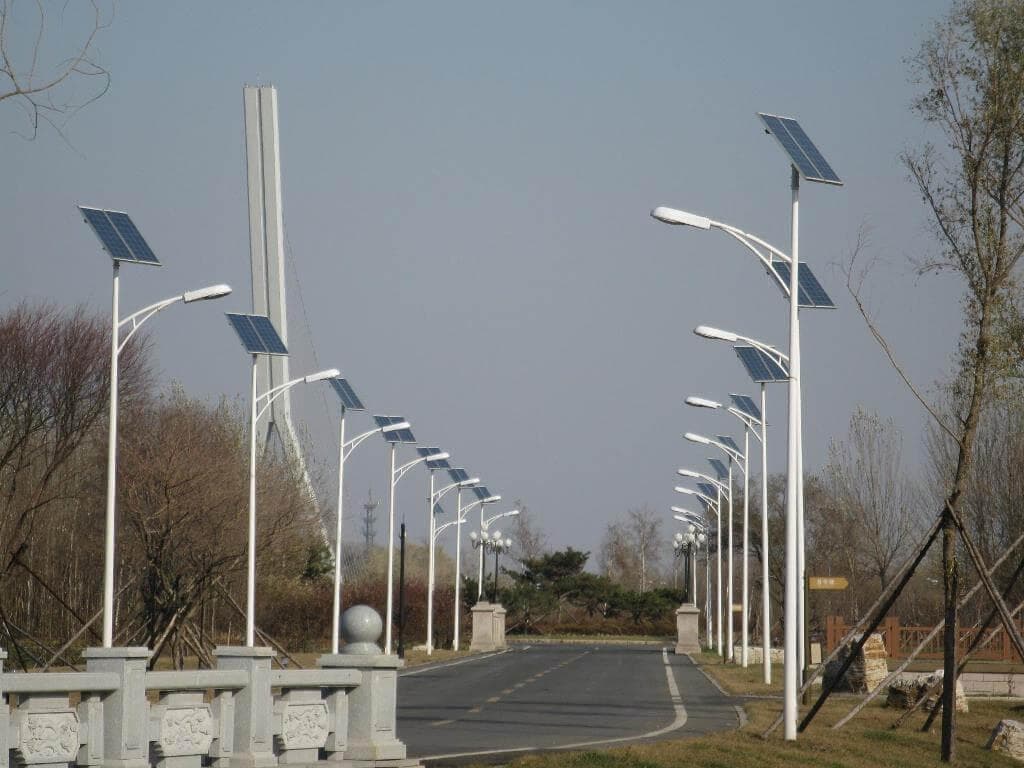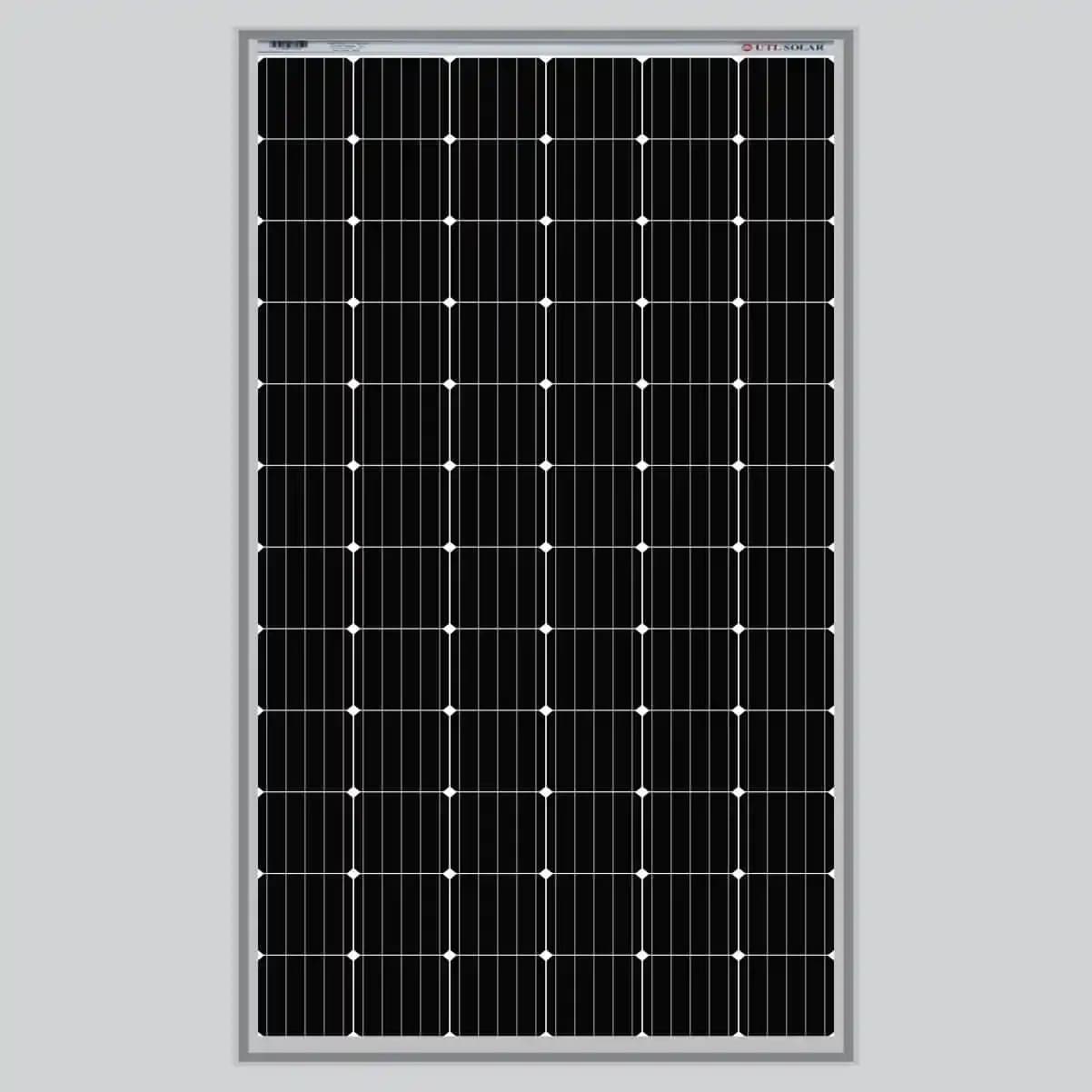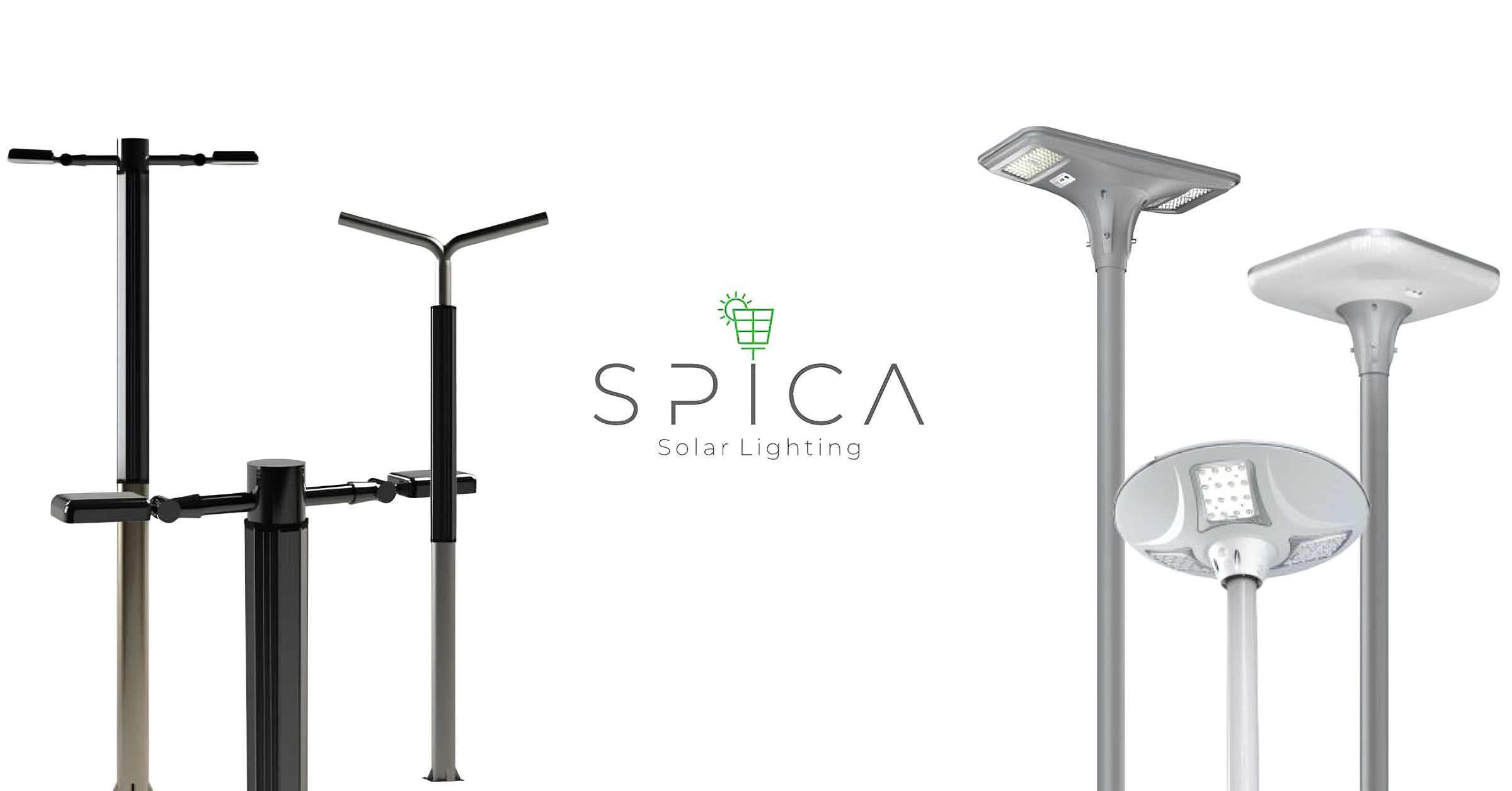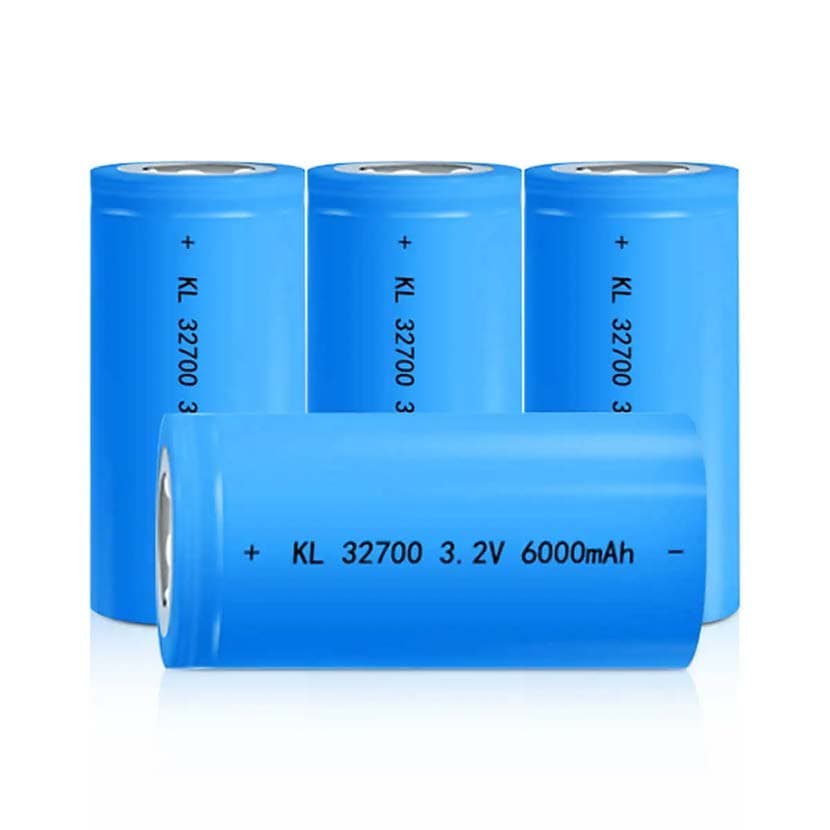Solar Lighting's Impact on Africa's Development
Spica Solar Lighting . 8 to 10 minutes

Addressing Energy Poverty
In many parts of Africa such as Uganda, Tanzania, Kenya in the east or Senegal, Nigeria, or Togo in the west, a lack of access to electricity remains a significant barrier to progress. Millions of people rely on kerosene lamps or candles for lighting, which are not only expensive and hazardous but also contribute to indoor air pollution. Solar lighting offers a clean, affordable, and sustainable alternative, enabling families to study, work, and socialize after dark, thus improving their quality of life.
Empowering Education and Healthcare
Solar-powered lights can have a transformative impact on education and healthcare in rural and underserved areas. Schools can extend their hours of operation, allowing students to continue learning after sunset. Health clinics can operate safely and effectively at night, providing essential services to those in need.
Boosting Economic Activity
By extending the productive hours of the day, solar lighting can stimulate economic activity in rural communities. Small businesses, such as shops and workshops, can operate longer, increasing their income and contributing to local economies. 
Protecting the Environment
Solar lighting is a clean and renewable source of energy, reducing dependence on fossil fuels and mitigating the negative impacts of climate change. It also helps to reduce deforestation, as communities are less reliant on wood for fuel. You may also like: Spica Solar Lighting: Illuminating the Future Through Innovation
Conclusion
Solar lighting is a powerful tool for development in Africa, addressing energy poverty, empowering education and healthcare, boosting economic activity, and protecting the environment. As the technology continues to advance and become more affordable, its impact is likely to grow even further, bringing light and hope to communities across the continent.




